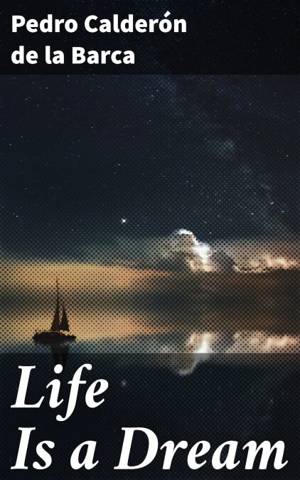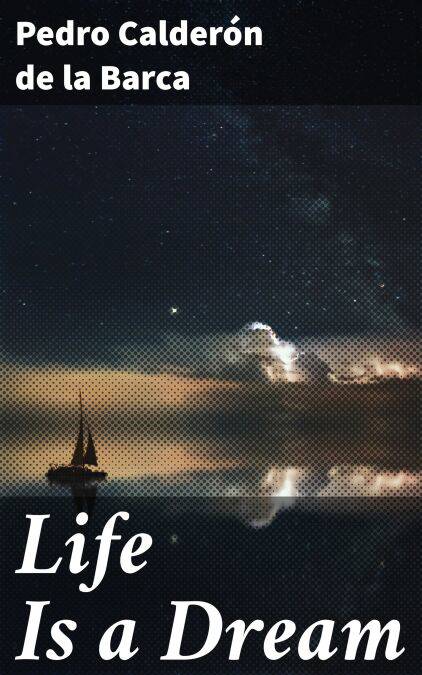
- Afhalen na 1 uur in een winkel met voorraad
- Gratis thuislevering in België vanaf € 30
- Ruim aanbod met 7 miljoen producten
- Afhalen na 1 uur in een winkel met voorraad
- Gratis thuislevering in België vanaf € 30
- Ruim aanbod met 7 miljoen producten
Zoeken
Life Is a Dream E-BOOK
Exploring Fate and Illusion in Spanish Drama
Pedro Calderón de la Barca
E-book | Engels
€ 0,49
Uitvoering
Omschrijving
Pedro Calder√≥n de la Barca's "Life Is a Dream" masterfully intertwines intricate themes of reality, free will, and destiny within the framework of a philosophical allegory. Written during the Spanish Golden Age, the play is characterized by its rich poetic language and profound existential inquiries. Calder√≥n's use of soliloquies invites the audience to ponder the nature of existence as protagonist Segismundo grapples with the revelations of his predestined fate versus his desires, illustrating the tension between appearance and reality'Äîa central theme in baroque literature. Pedro Calder√≥n de la Barca, a contemporary of the influential playwright Lope de Vega, was deeply immersed in the cultural and philosophical currents of his time. His experiences in the court and his explorations of themes surrounding honor, illusion, and truth reflect the transformative landscape of 17th-century Spain. Calder√≥n'Äôs exploration of metaphysical questions likely stemmed from his own contemplation of human existence and the tensions within societal and personal identity, making his insights resonate with his contemporary audience. "Life Is a Dream" is an essential read for scholars and enthusiasts of classic literature alike, as it challenges readers to confront the very foundations of their realities. Its exploration of dreams versus reality remains profoundly relevant, encouraging profound reflection on the choices that define our lives. This work not only enriches one's understanding of Calder√≥n's genius but also cultivates a timeless discourse on the nature of existence itself.
Specificaties
Betrokkenen
- Auteur(s):
- Vertaler(s):
- Uitgeverij:
Inhoud
- Aantal bladzijden:
- 156
- Taal:
- Engels
Eigenschappen
- Productcode (EAN):
- 4057664647191
- Verschijningsdatum:
- 20/11/2019
- Uitvoering:
- E-book
- Beveiligd met:
- Digital watermarking
- Formaat:
- ePub

Alleen bij Standaard Boekhandel
Beoordelingen
We publiceren alleen reviews die voldoen aan de voorwaarden voor reviews. Bekijk onze voorwaarden voor reviews.








